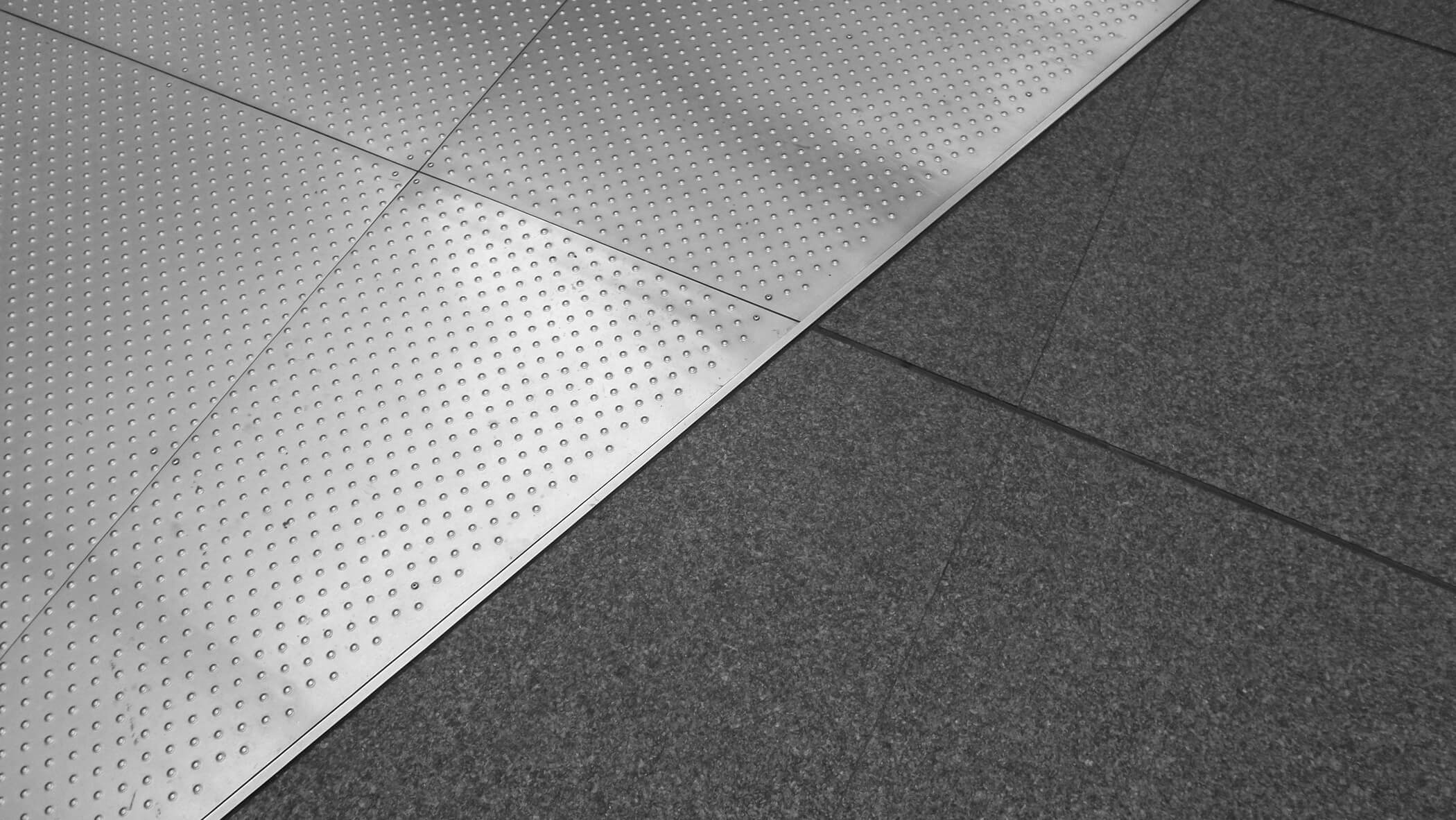In college, I had a work-study gig providing design support for various campus departments. Naturally, I leaned on my co-workers—some with twenty-plus years of industry experience—for advice on what kind of job I should be looking for right out of school. I’ve forgotten most of that advice by now, but one thing has stuck with me:

You can work at an agency or you can work in-house, just know that these are diametrically opposed paths with very different outcomes.
Over the years, I’ve seen more similarities than differences, with agencies adopting methodologies of iteration and in-house teams acting like agencies in service to their larger organizations. What I hadn’t considered was how the two could work together.
But even with best intentions, the pairing isn’t always as smooth as everyone involved hopes for because—despite the surface commonalities—the structures, goals, and dynamics remain fundamentally different. Understanding the divide is essential if you hope to bridge it.
Fortunately, we’ve had a run of smooth collaborations at Adjacent, which has me reflecting on a few ways we foster trustworthy ally-ships. I make no apologies if this sounds like an article on dating, because, in some ways, it is:
1. Be transparent about each other’s goals, especially the fuzzy ones
A company’s goals are likely well-defined, at least ideally speaking. An agency team-up is the means they’ll use to gain creative or technical insight, because this outside perspective can better inform their goals, hopefully resulting in better, more profitable products.
But the goals of their in-house team might be less clear. Is working with an agency going to take up more of my time or will it ultimately save it? Will they take away the parts of my job I like doing the most or will they enable me to do more of it? Will they create more busy work for me or less?
Similarly, it’s not breaking news to say an agency’s top-level goal in these collaborations is to complete work for financial compensation. However, there’s any number of softer outcomes that their in-house counterparts can help them achieve: contributing to a case study, creating inroads to other departments and projects, or referring them to other organizations (so much more to say here but alas, another time).
There’s a richer experience and partnership to be had if both parties are willing to communicate, support, and regularly check in on each other’s goals, especially the tertiary ones that can make a difference outside the scope of a project.
2. Be willing to adapt, accommodate, and collaborate on tooling & workflow
Something I’ve personally learned over time is that having a fancy, newfangled workflow means very little if it can’t be employed successfully. Since workflows depend on people (crazy, right?) it’s helpful to establish a baseline before ramming Figma or prototypes down their throats.
It’s near impossible for both parties to have the same level of proficiency and efficiency—this is likely one of the reasons you’re working together. We’ve increasingly found success opening up the discussions of tooling and workflow to collaboration. What tools do we have in common, or are similar enough to avoid friction? Which parts of a workflow, even if inefficient on the surface, will ultimately provide clarity?
Getting this right takes a lot of iteration, patience, and humility on both sides.
3. Establish a common vocabulary
Admittedly, our process at Adjacent is rife with terms that typically require an abundance of explanation: lo-fi and hi-fi prototyping and element collaging, just to name a few. I’m not saying those are frivolously named, but it helps to know which words and labels people can adopt easier than others.
Like all of these tips, it’s helpful to give where you can give. If temporarily renaming something is feasible, by all means, rename it. Maybe it’s reminding yourself to say what something is similar to if you can’t rename it outright. Find where labels are creating friction and work to smooth out the language.
Naturally, finding common ground with what we call things facilitates communication.
4. Be allies in private
Adjacent is a flat, four-person team, so the only internal buy-in we need is some head nodding. Even if we were bigger, the structure of most agencies still pales in comparison to the multi-tier, multi-department org chart our in-house friends belong to.
One of the most important skills we agency folk have is being able to navigate approval chains within client service. We’re typically well-versed in stakeholder dynamics and routinely lean on our outside perspective to advocate for our ideas. It stands to reason that we can often help champion the work and ideas our in-house counterparts are having difficulty pushing through as well.
Job performance is another area where an advocate on the other side might play a significant role, hopefully in a positive sense. Without motive, we’ll often find ourselves singing the praises of someone who acted as the glue between our teams on a project. Whatever the outcome of such a compliment (unfortunately, it doesn’t always result in a six-figure raise), we think it’s important for our in-house teammates to know how much their contributions enable us to make a difference with ours.
Going to bat for a partner is a sure-fire way to build trust.